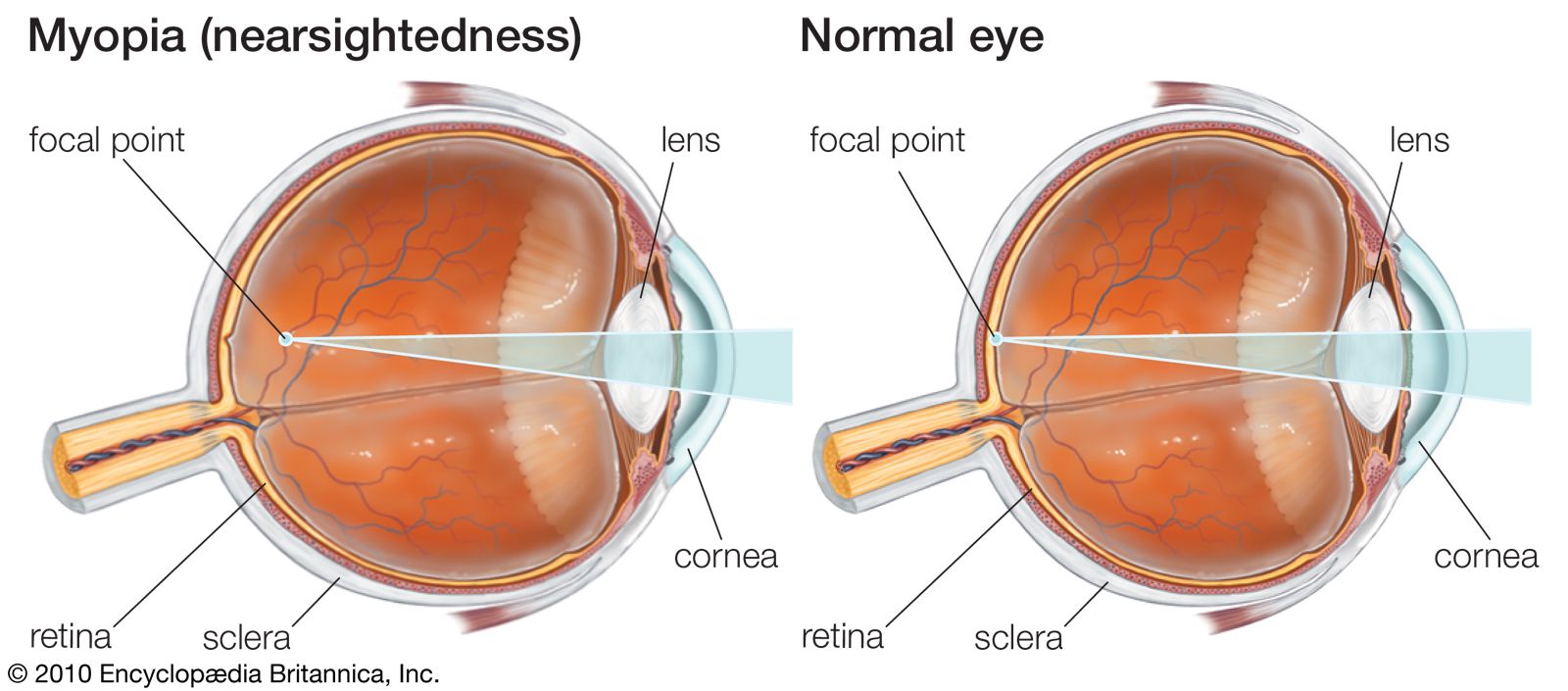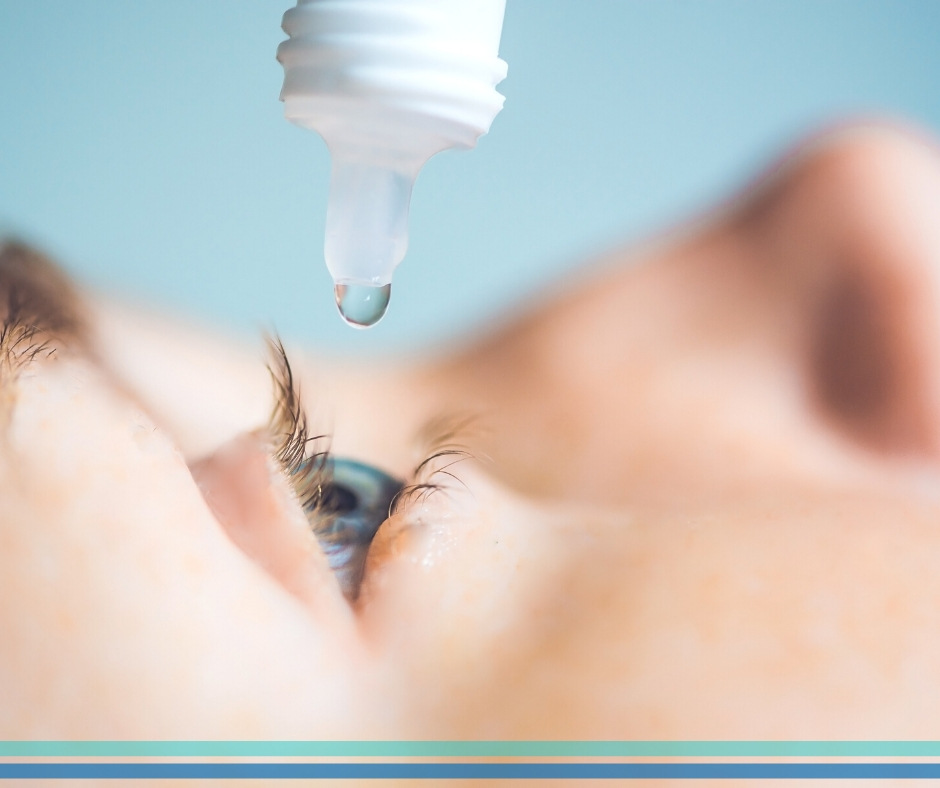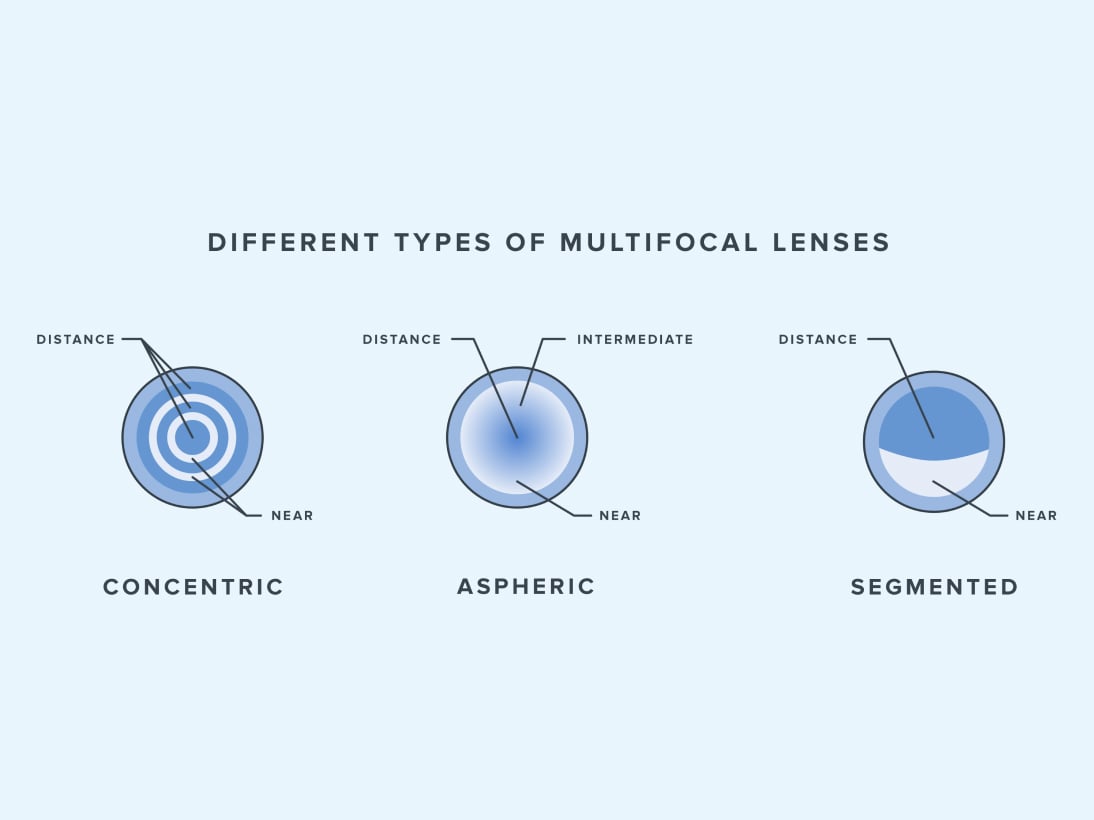What is Myopia?
Myopia (nearsightedness) means nearby objects are clear while things far away—like street signs or leaves on a tree—look blurry. Many people squint to bring distant objects into focus. There is no known cure for myopia, and higher levels are associated with increased risks for certain eye conditions. Because children’s eyes change more quickly, slowing progression during childhood and the teen years can have a big payoff later in life.

At a glance
- Symptoms: Decreased distance vision and visual distortion.
- No cure, but several treatments can slow progression.
- Best results are typically seen in children and young teens.
Types of Myopia Control
Several evidence-based options may help slow how quickly myopia progresses. Your eye doctor will review your child’s case and recommend the most appropriate approach.
Special rigid gas-permeable contact lenses are worn overnight to gently shape the front of the eye. After removing the lenses in the morning, many patients see clearly through the day without glasses or daytime contacts— a popular choice for active kids and athletes.

Low-dose atropine helps relax focusing effort, which may reduce the strain associated with progression. These drops can keep the pupils slightly dilated throughout the day and have shown particular benefit in children.

Specialty multifocal designs aim to reduce eye strain and have demonstrated success at slowing myopia when compared with standard single-vision prescriptions.

Why slow progression?
- Higher myopia is linked with greater lifetime eye-health risks.
- Slowing myopia in growing eyes can reduce final prescription strength.
- Options are individualized after a comprehensive eye exam.
Tip: Ask us about which option—Ortho-K, low-dose atropine, or multifocal optics—best fits your child’s vision, activities, and routine.